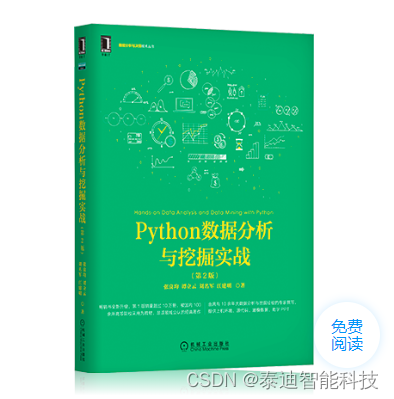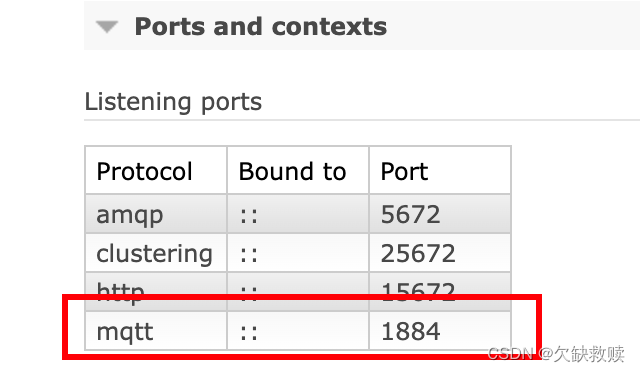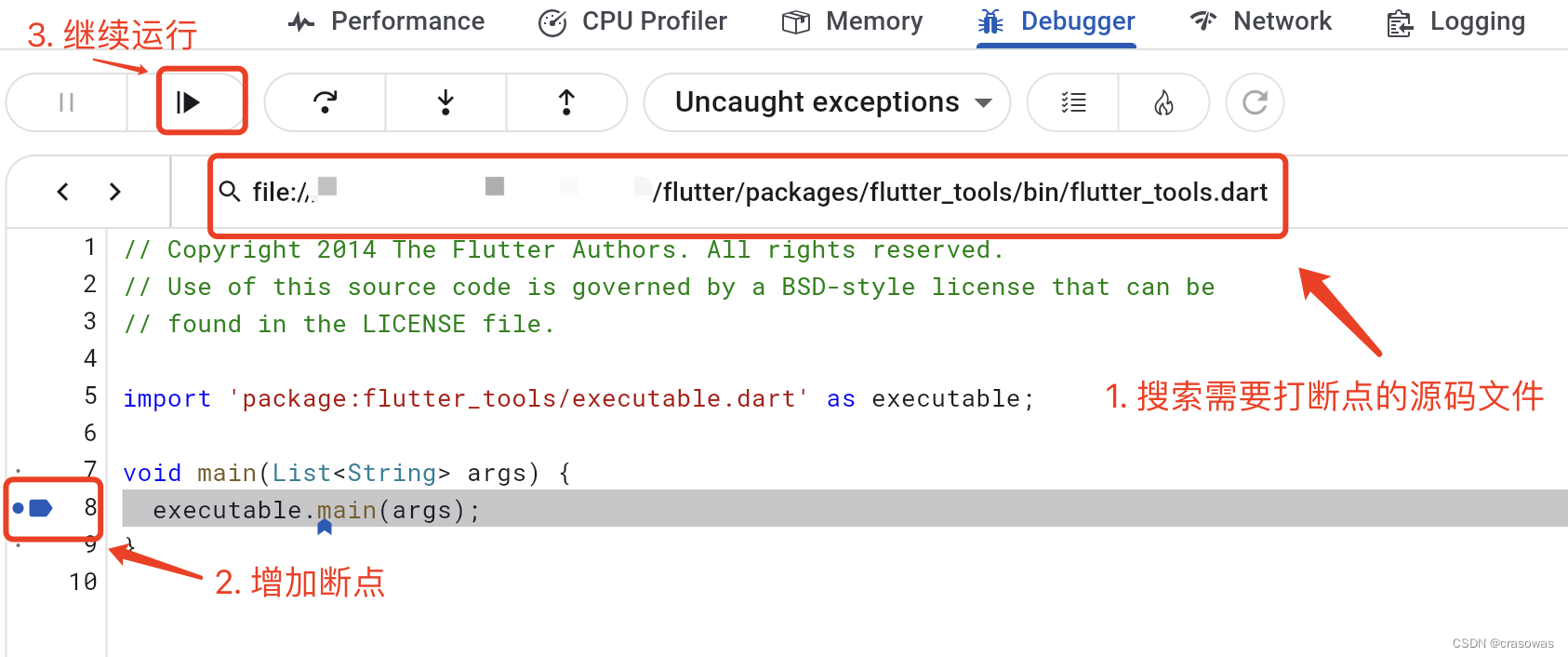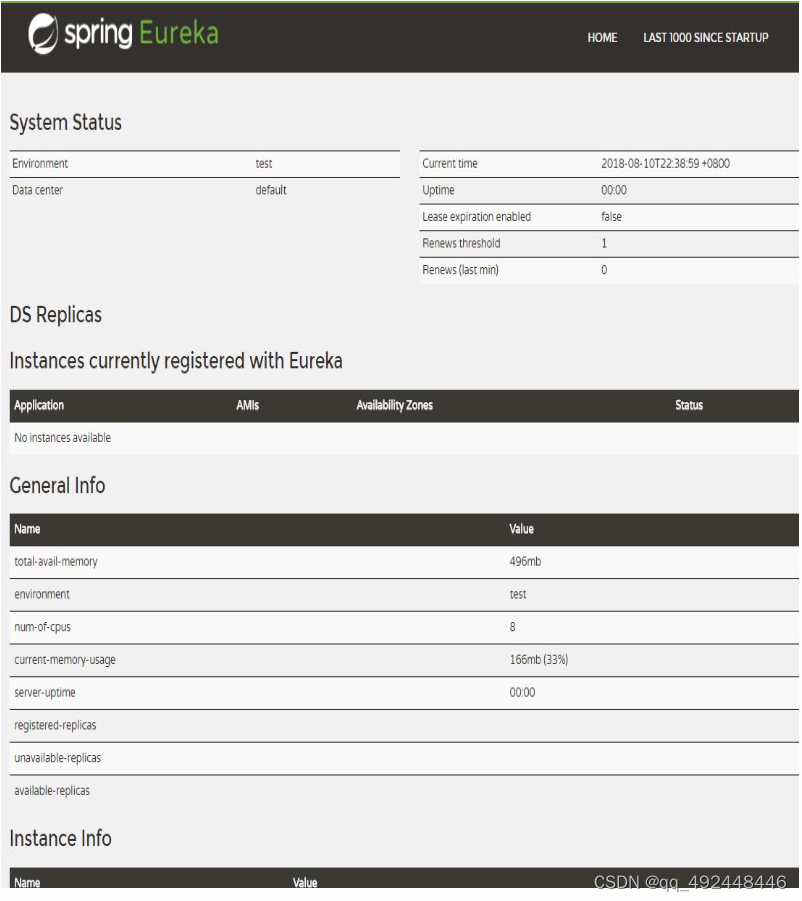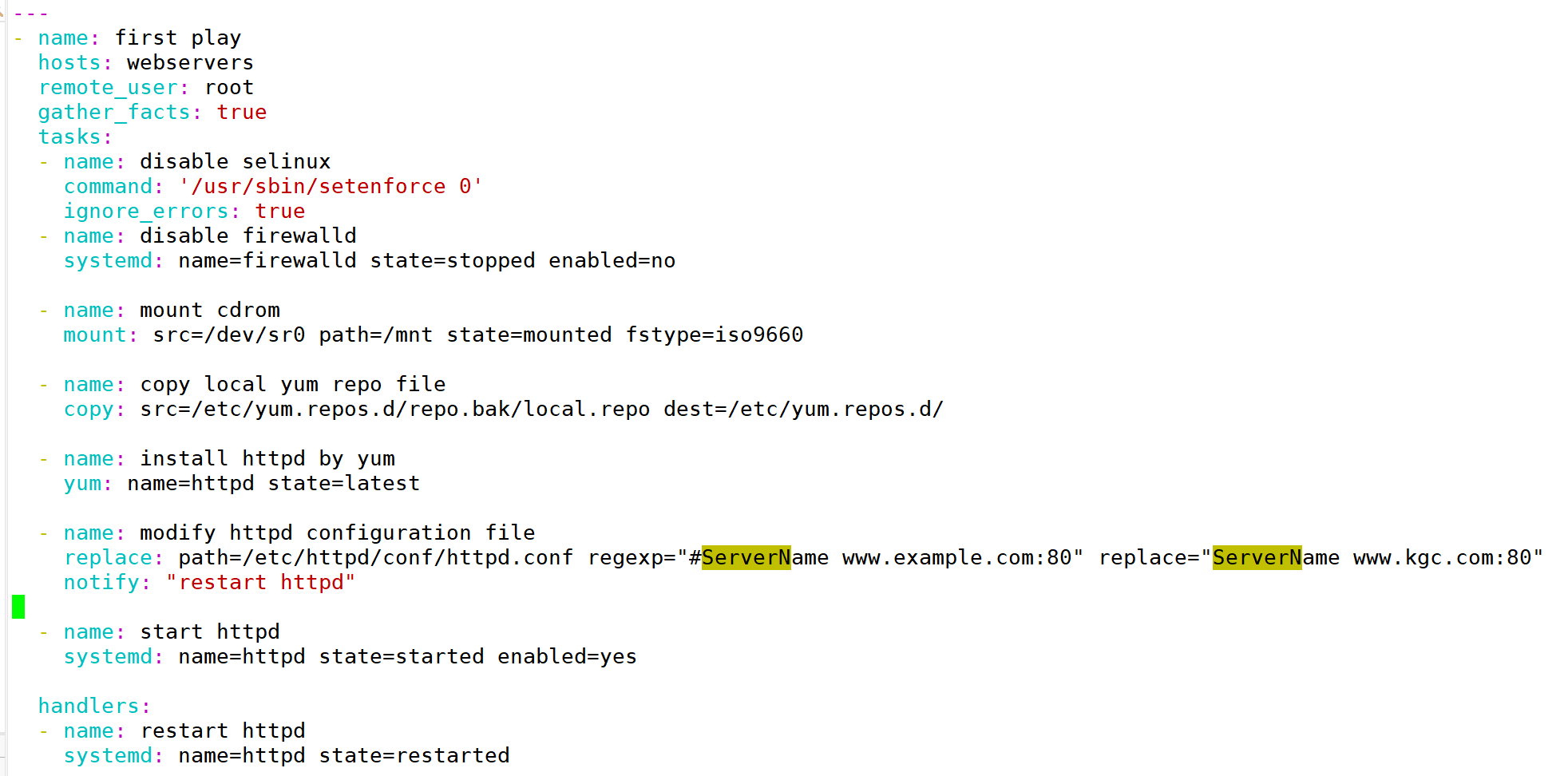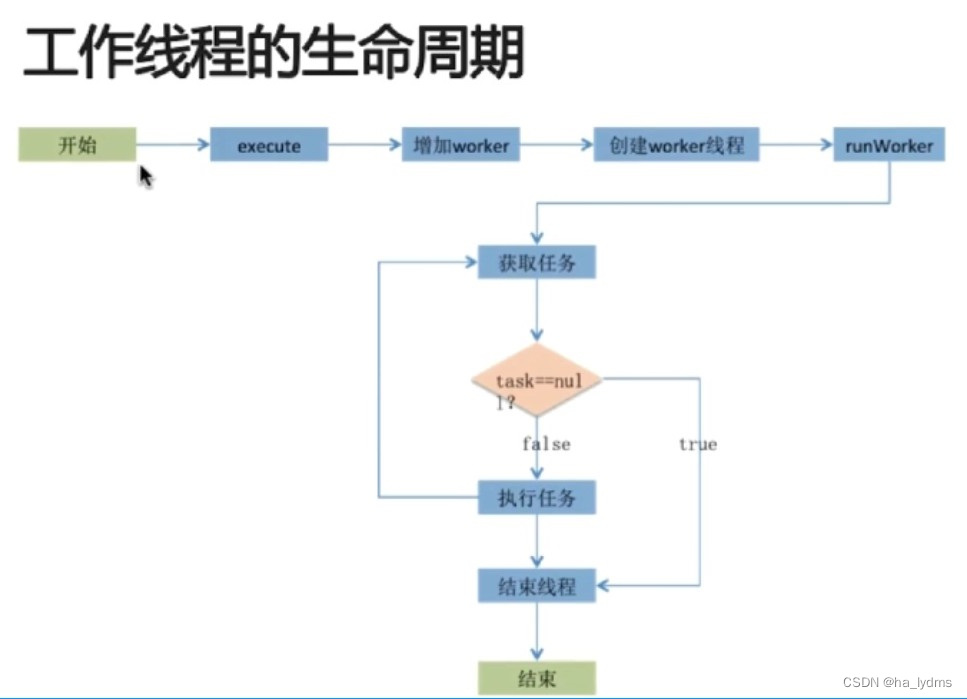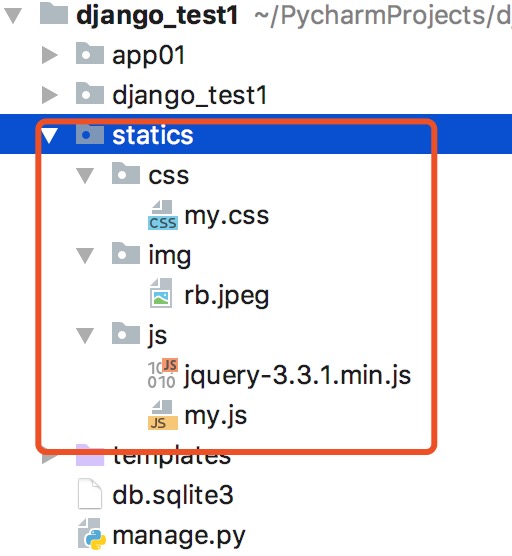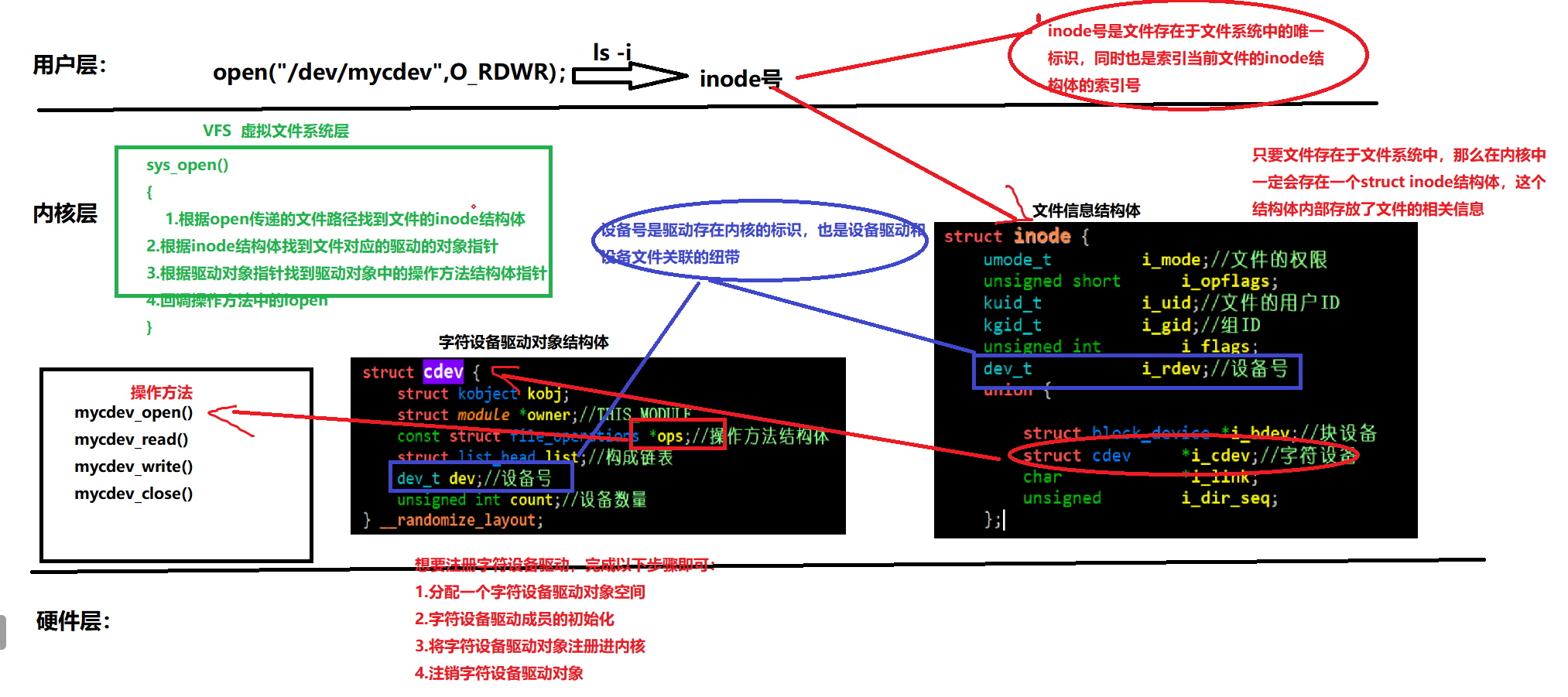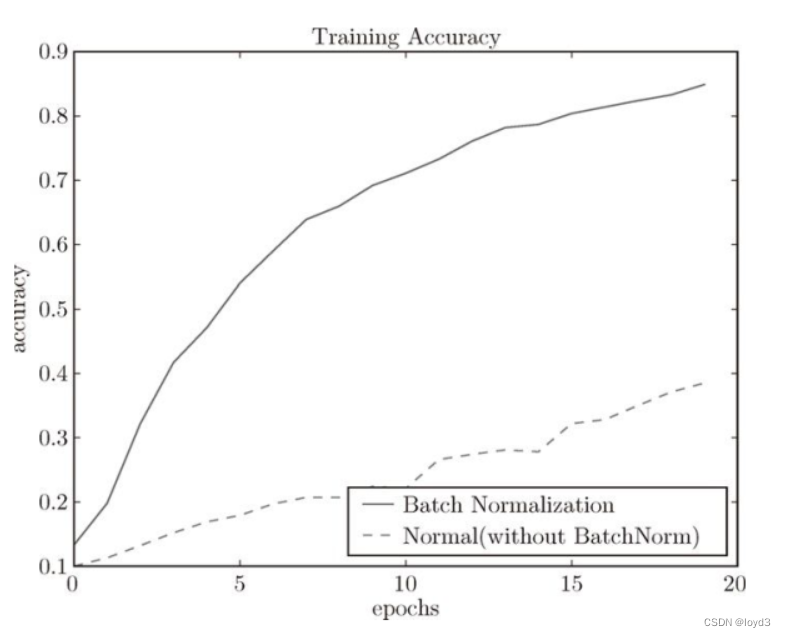博主最近在学习Go语言,所以打算更新一期Go语言版本的数据结构。这篇文章将的是Go语言如何实现单链表。
文章目录
- 前言
- 一、个人见解,为什么学GO?
- 二、Go语言实现单链表
- 1.创建节点
- 2.通过数组创建一个单链表
- 3.遍历单链表
- 4.单链表插入操作
- 4.1 伪代码
- 4.2尾部插入
- 4.3 指定位置插入
- 5.删除操作
- 5.1 伪代码
- 5.2 代码实现
- 5.查找操作
- 6.最终的代码
- 总结
前言
提示:Go语言和C语言有很多类似的地方,有C的基础学Go能非常快上手,会C++会更快:
单链表的操作有创建一个链表通过数组,遍历单链表,尾部插入,指定位置插入,删除指定位置的元素,查找指定的节点等。
一、个人见解,为什么学GO?
博主是在某个厂里面实习,所以打算开拓第二语言,我第一门语言是Java,学习GO主要是因为兴趣或者说想更深入底层。如果你也想增加一门新语言,GO或Python都行,看个人选择和方向。
二、Go语言实现单链表
1.创建节点
代码如下(示例):
package main
import "fmt"
//单链表
type Node struct {
//数据域
Data int
//指针域
Next *Node
}
2.通过数组创建一个单链表
代码如下(示例):
//创建一个链表通过数组, 首字母小写表示private
func createLikedList(arr []int) *Node {
//创建头指针
head := Node{}
//临时指针
p := &head
//循环遍历,_表示跳过接收该参数
for _, v := range arr {
//创建新的节点
node := Node{Data: v, Next: nil}
p.Next = &node
p = p.Next
}
return &head
}
注意的是Go语言返回值是写在后面的,并且GO语言是可以返回临时变量的,与C++不同。
3.遍历单链表
//遍历单链表
func (node Node) printLikedList() {
p := &node
for ; p != nil; p = p.Next {
fmt.Print(p.Data, "->")
}
//换行
fmt.Println()
}
4.单链表插入操作
4.1 伪代码

4.2尾部插入
//插入操作 -> 尾部插入
func (node *Node) tailInsert(element Node) {
if node == nil {
fmt.Println("Node is empty, Not Get Value....")
return
}
//设置临时指针, 找到最后一个节点
p := node
for ; p.Next != nil; p = p.Next {
}
//将数据插入到末尾
p.Next = &element
}
4.3 指定位置插入
//插入操作 -> 指定位置插入
func (node *Node) insertByIndex(index int, element Node) bool {
if node == nil {
fmt.Println("node is nil, please you notice....")
return false
}
//设置临时指针
p := node
q := &element
//计数器
count := 0
for ; p != nil; p = p.Next {
//如果index等于count, 就需要插入
if count == index {
q.Next = p.Next
p.Next = q
//停止循环
return true
}
count++
}
if index > count {
fmt.Println("index out of range.....")
}
return false
}
5.删除操作
5.1 伪代码

5.2 代码实现
//删除操作 -> 删除指定位置的元素
func (node *Node) deleteByIndex(index int) bool {
if node == nil || index < 0 {
fmt.Println("node is nil or index < 0, please you notice....")
return false
}
//计数器
count := 0
//临时指针
p := node
for ; p != nil; p = p.Next {
//查找index位置的元素
if count == index {
p.Next = p.Next.Next
return true
}
count++
}
if count < index {
fmt.Println("index out of range.....")
}
return false
}
5.查找操作
//查找操作 -> 查找指定的节点
func (node *Node) findElementByValue(value int) (int, bool) {
//创建一个临时节点
p := node
count := 0
for ; p != nil; p = p.Next {
if value == p.Data {
return count - 1, true
}
count++
}
return -1, false
}
6.最终的代码
package main
import "fmt"
//单链表
type Node struct {
//数据域
Data int
//指针域
Next *Node
}
//创建一个链表通过数组
func createLikedList(arr []int) *Node {
//创建头指针
head := Node{}
//临时指针
p := &head
//循环遍历
for _, v := range arr {
//创建新的节点
node := Node{Data: v, Next: nil}
p.Next = &node
p = p.Next
}
return &head
}
//遍历单链表
func (node Node) printLikedList() {
p := &node
for ; p != nil; p = p.Next {
fmt.Print(p.Data, "->")
}
//换行
fmt.Println()
}
//插入操作 -> 尾部插入
func (node *Node) tailInsert(element Node) {
if node == nil {
fmt.Println("Node is empty, Not Get Value....")
return
}
//设置临时指针, 找到最后一个节点
p := node
for ; p.Next != nil; p = p.Next {
}
//将数据插入到末尾
p.Next = &element
}
//插入操作 -> 指定位置插入
func (node *Node) insertByIndex(index int, element Node) bool {
if node == nil {
fmt.Println("node is nil, please you notice....")
return false
}
//设置临时指针
p := node
q := &element
//计数器
count := 0
for ; p != nil; p = p.Next {
//如果index等于count, 就需要插入
if count == index {
q.Next = p.Next
p.Next = q
//停止循环
return true
}
count++
}
if index > count {
fmt.Println("index out of range.....")
}
return false
}
//删除操作 -> 删除指定位置的元素
func (node *Node) deleteByIndex(index int) bool {
if node == nil || index < 0 {
fmt.Println("node is nil or index < 0, please you notice....")
return false
}
//计数器
count := 0
//临时指针
p := node
for ; p != nil; p = p.Next {
//查找index位置的元素
if count == index {
p.Next = p.Next.Next
return true
}
count++
}
if count < index {
fmt.Println("index out of range.....")
}
return false
}
//查找操作 -> 查找指定的节点
func (node *Node) findElementByValue(value int) (int, bool) {
//创建一个临时节点
p := node
count := 0
for ; p != nil; p = p.Next {
if value == p.Data {
return count - 1, true
}
count++
}
return -1, false
}
func main() {
fmt.Println(">>>> 单链表 SRART <<<<")
//创建一个数组
arr := [...]int{1, 3, 2, 7, 9}
//传递切片过去, 因为数组是值传递, 切片是引用传递
root := createLikedList(arr[:])
root.printLikedList()
//尾部插入元素
root.tailInsert(Node{17, nil})
root.printLikedList()
//指定位置插入元素
root.insertByIndex(10, Node{10, nil})
root.printLikedList()
//根据指定的位置删除元素
root.deleteByIndex(0)
//按照顺序遍历
root.printLikedList()
//查找特定元素
fmt.Println(root.findElementByValue(2))
fmt.Println(">>>> 单链表 END <<<<")
}
总结
1.Go语言的语法还是和其他语言不同的,比如函数返回值,参数的定义
2.Go语言可以使用vscode,idea goland去编写代码。
3.Go语言的命名规则和其他语言也不同,首字母大写表示public,小写表示private

